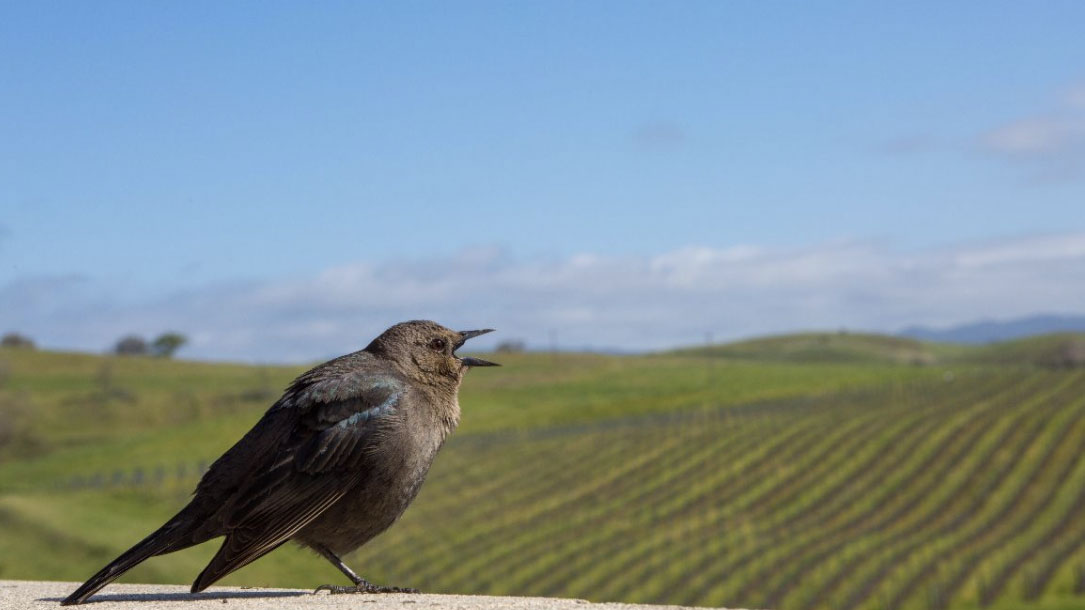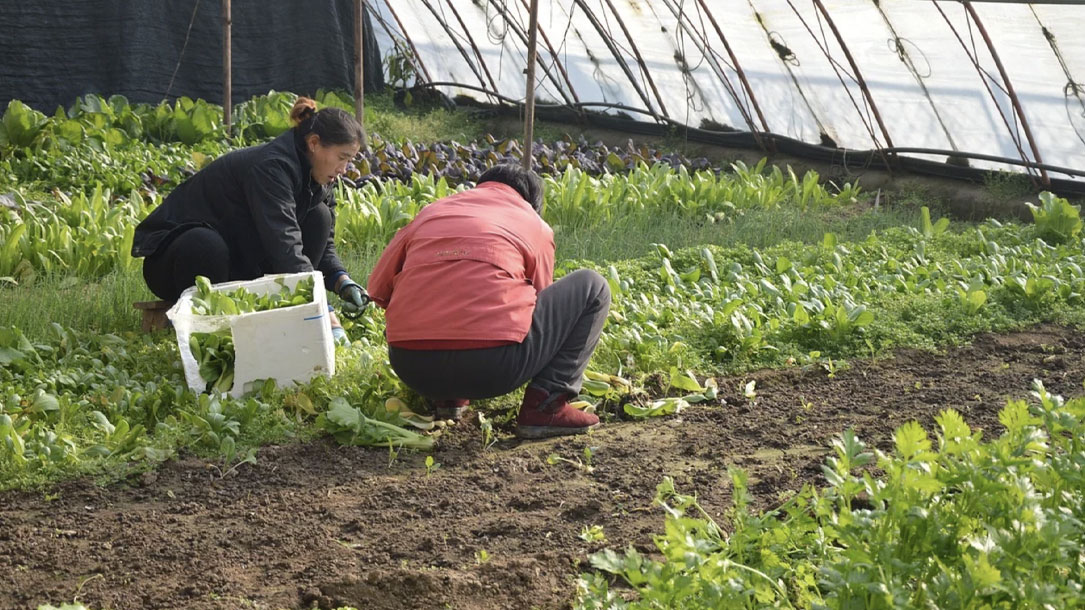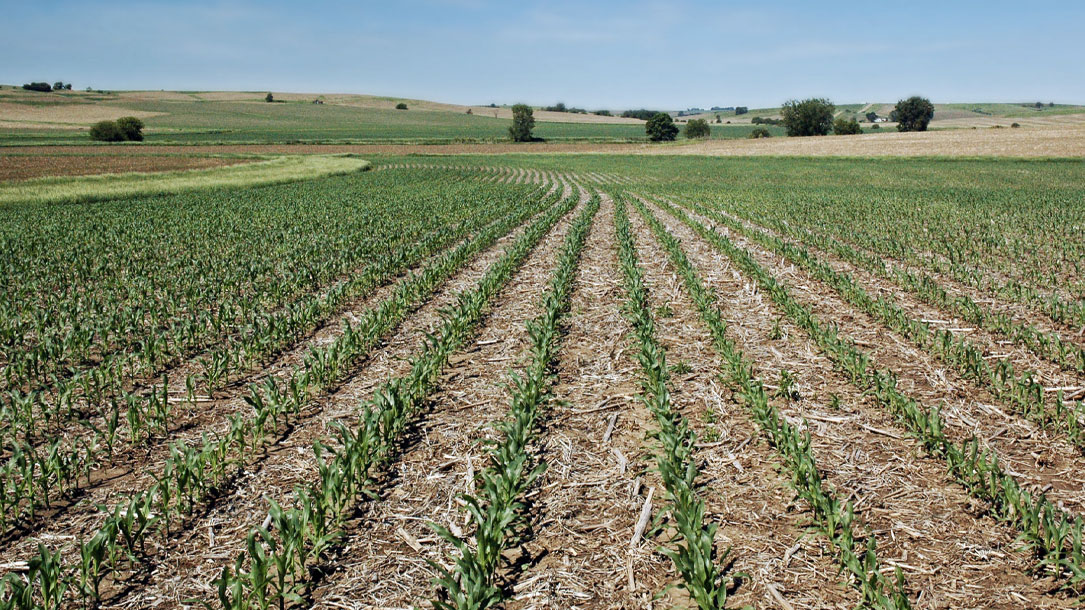Home > Climate News >

Perspectives: Natural climate solutions
We are at a critical point for the future of the planet.
We need to reach net zero greenhouse gas emissions by mid-century to keep global temperature increases under 2°C. While most efforts toward this goal have been focused on reducing fossil fuel use, new science shows that natural climate solutions—based on the conservation, restoration and management of forests, grasslands and wetlands—can deliver up to a third of the emission reductions needed by 2030…

Any infrastructure plan also needs to invest in trees and green space
It’s up to community leaders, neighborhood organizations, nonprofits, and more to ensure that green strategies are not an afterthought but a critical foundation of any infrastructure plan introduced in Congress…

Climate change strategies
The Land Trust of Napa County (LTNC) is actively working to incorporate the challenges and threats posed by climate change into both its land conservation and natural resource management strategies, with a focus on protecting and restoring the ability of our local ecosystems to respond and adapt to warming temperatures. LTNC has dramatically increased its pace of land protection and stewardship throughout Napa County over the last five years to more effectively address these pressing issues…

How does climate change affect land trusts?
The Land Trust Alliance manages a website dedicated to climate change. There are numerous resources available for land trusts to use, reference, and expand upon. Topics include climate adaptation, resilience, carbon finance, mitigation, and case studies…to name a few.

Empowering women farmers and landowners to protect their land and embrace conservation
“The future of agriculture is increasingly female.
43 percent of U.S. farmland —nearly 388 million acres— is now farmed or co- farmed by women. Many of these women have a strong conservation ethic and are deeply committed to healthy farmland, farm families, and farm communities.
But women face gender-related barriers to managing their land for long-term sustainability…”

Accelerate regenerative agriculture
Farmers and ranchers manage nearly one billion acres of the land in the United States — working lands that can serve as a natural carbon sink by drawing down atmospheric carbon dioxide and storing it in plants and soils. However, these working lands face threats from land degradation because of historical and common farming practices. Over time…

Berks County landmark hill preserved from development
“As you cross the Schuylkill River traveling east on Route 422 from Reading toward Pottstown, two hills rise above the horizon to the south: Gibraltar Hill and Seidel Hill. Gibraltar Hill’s 234 acres in Robeson and Cumru townships were conserved by Natural Lands in 2014. The second mountain in Robeson Township, the 103-acre Seidel Hill, was recently preserved…”

FACT SHEET: The American Jobs Plan
“While the American Rescue Plan is changing the course of the pandemic and delivering relief for working families, this is no time to build back to the way things were. This is the moment to reimagine and rebuild a new economy. The American Jobs Plan is an investment in America that will create millions of good jobs, rebuild our country’s infrastructure, and position the United States to out-compete China. Public domestic investment as a share of the economy has fallen by more than 40 percent since the 1960s. The American Jobs Plan will invest in America in a way we have not invested since we built the interstate highways and won the Space Race…”

Tillage: an overview
Tillage is defined as the mechanical manipulation of the soil for the purpose of crop production affecting significantly the soil characteristics such as soil water conservation, soil temperature, infiltration and evapotranspiration processes.

Some thoughts on no-till farming
It is time to learn a new way of farming, or perhaps an old way — a way that nature has been trying to teach us since the beginning.
But first, you may be curious why tilling is such a problem. Over time, tillage wreaks havoc on the health of the soil and all of the critters that support a flourishing and productive farm ecosystem…












